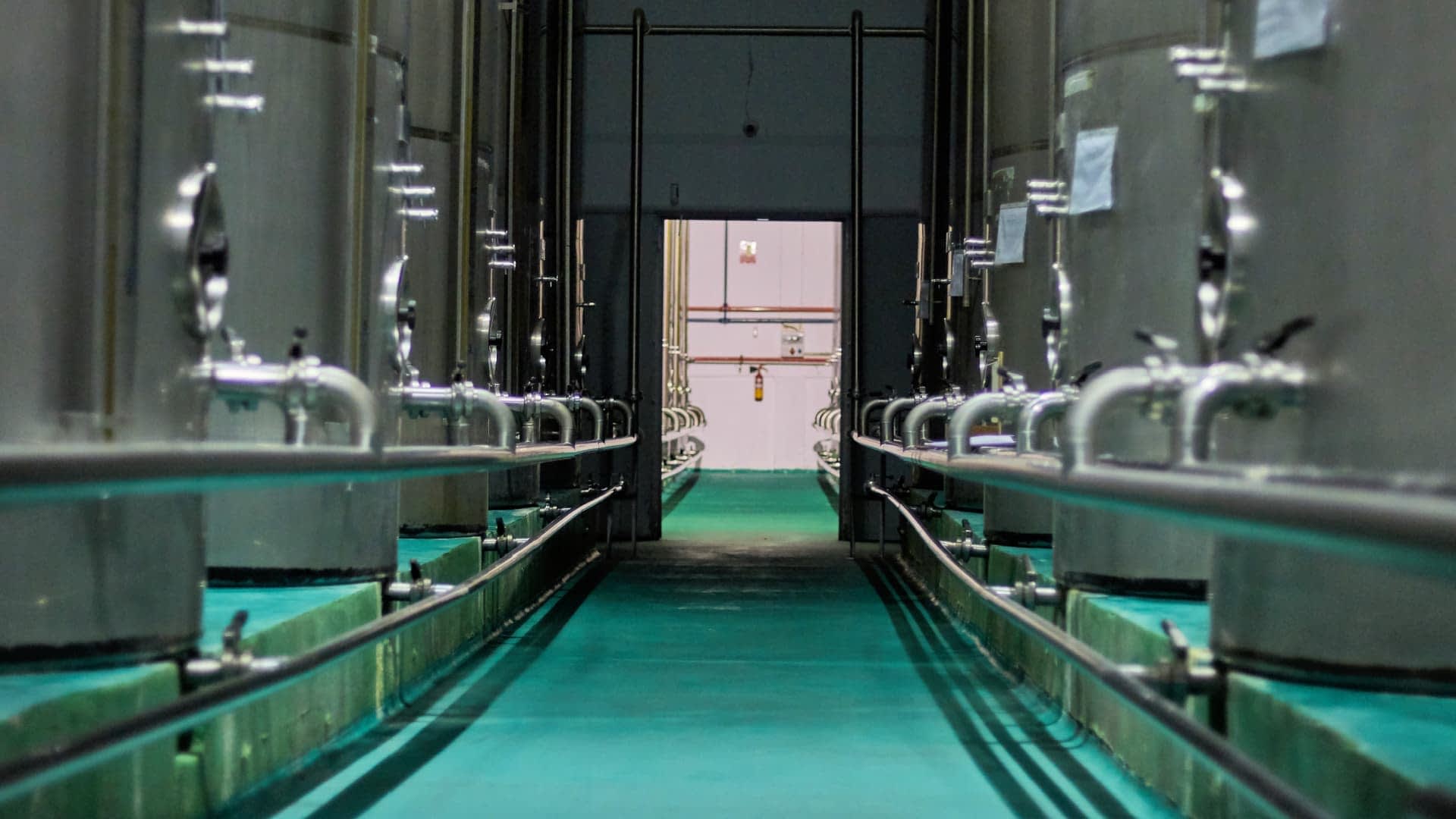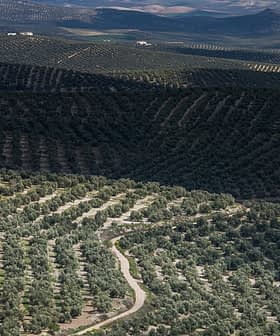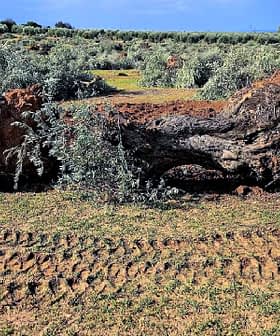 7.6K reads
7.6K readsBusiness
Concerns Mount Over Olive Oil Shortage in Spain

Olive oil stocks in Spain are at historic lows, with fears of running out before the next harvest. High prices, caused by low supply and high demand, are expected to continue rising until May of next year.
Olive oil stocks in the world’s largest producer could be exhausted before the start of the next harvest.
The latest market data published by Spain’s Ministry of Agriculture, Fisheries and Food (MAPA) show that olive oil stocks fell to 455,000 tons at the end of June.
There has never been a situation like this one where, off the back of a historically poor harvest, another one is also expected. We are in a situation where prices will continue to grow until May of next year.
By comparison, stocks at the end of June 2022 sat at 809,000 tons, finally arriving at 454,600 tons in September 2022, the last month of the 2021/22 crop year.
“We are going to arrive in October with almost zero stock,” Juan Vilar, a strategic consultant for the sector, told Olive Oil Times.
See Also:Global Olive Oil Production Predicted to ReboundWhile the olive oil market historically tends to experience relative inactivity in July and August, activity returns in September.
Fears of an olive oil shortage have seen historically high olive oil prices at origin continue to rise. According to data from Infaoliva, extra virgin olive oil is selling for €7.625 per kilogram, nearly 125 percent higher than in July 2022.
Prices for virgin olive oil and lampante olive oil at origin are also at record highs but have not increased as sharply as extra virgin prices due to higher levels of availability relative to demand.
“Unprecedented situations are occurring right now,” Vilar said. “The current prices have never been reached. There has never been a link [the amount of olive oil carried over from one harvest to the next] like the one that there is currently. And there has never been a price on the shelf like the one that there is currently.”
How olive oil prices will evolve in the coming months depends primarily on whether rain arrives in the Andalusian olive groves in September, October and early November.
“That rain has two effects,” Vilar said. “It will improve the weight of the existing olives, which could increase production a little. But it also has another problem: if it rains during the campaign, it will cause the price to rise more” because it will not be possible to harvest all the olives on time.
Alarm bells about the situation facing the olive oil market also sounded in Brussels, home to the European Commission, where various agricultural groups warned about the state of the olive oil sector at a recent meeting of the Civil Dialog Group on the Agricultural Market.
A representative from Copa-Cogeca, the influential union of farmers and agricultural associations, predicted that Spain’s harvest in the 2023/24 crop year would not exceed 800,000 tons, which would keep pressure on prices.
Vilar agreed that next year’s olive oil yield will be similar to the 663,000 tons produced by Spain in 2022/23. As a result, he said prices would likely continue rising until May.
“There has never been a situation like this one where, off the back of a historically poor harvest, another one is also expected,” he said. “We are in a situation where prices will continue to grow until May of next year.”
A Federation of the E.U. Olive Oil Industry (Fedolive) representative also warned that yields in Greece and Portugal, Europe’s second and fourth-largest producers last year, respectively, are also expected to decline.
While the prospect of back-to-back below-average harvests in Europe has caused concern in Spain and Brussels, rising olive oil prices resulted in record-high sales by value for two of the world’s largest sellers in 2022: DCOOP and Jaencoop.
Cristóbal Cano, head of the olive and olive oil sector at the Union of Small Farmers (UPA), also has been bullish about the market and said high prices are not hurting demand.
“The marketing of olive oil continues to be launched despite all the doomsayers who, month after month, have been intentionally insisting that the marketing of olive oil suffers because consumer prices are very high,” he told Agroinformación.
“All the olive oil that is produced is sold, and even more so in a campaign as low as the one we have experienced, and there is no price problem because the consumer remains faithful to olive oil,” Cano added.
However, Fedolive warned the European Commission that demand and exports had not seen the impact of higher prices since companies have hesitated to pass those prices on to their customers, but this was likely to change.
The federation said the expectations of another poor harvest in Europe would force non-European importers to look elsewhere and cause some consumers to seek cheaper alternatives.
“These new trade relations would be harmful in the long run for E.U. producers,” the representative said. “At the international level, there are many other alternatives to olive oil that consumers are more prompted to choose.”
While Vilar does not dispute that real olive oil demand is about as high as it could be, he said a recent analysis conducted by his firm, Juan Vilar Strategic Consultants, found that potential demand is far greater and consumers were buying less olive oil than they otherwise would due to higher prices.
“People are remaining faithful to olive oil [instead of buying sunflower oil, the other main edible oil used in Spain], but they are buying olive oil in smaller formats and consuming it less generously,” he said.
Vilar added that while olive oil sales remain strong relative to current availability, the market faces a partial shortage because not everyone who wants to buy olive oil can do so. This situation will likely be exacerbated as stocks cannot be replenished and prices continue to rise.
“In the coming harvest, we are going to have a situation where all the olive oil that is produced each month is completely consumed that month,” he said. “The less oil there is and the higher the consumption, the more the prices rise.”









